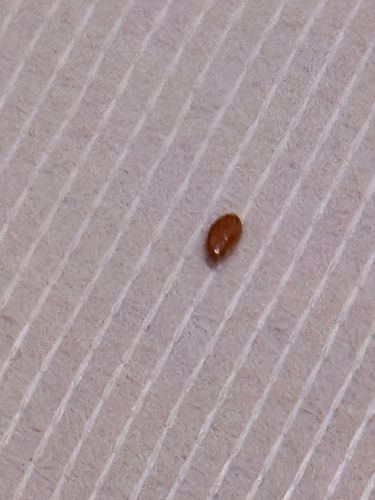Bed Bug
Scientific Name: Cimex lectularius
Order & Family: Hemiptera, Family Cimicidae
Size: Adults are typically 4-5 mm (about 0.16-0.20 inches) long, similar in size and shape to an apple seed. Nymphs are smaller and translucent.

Natural Habitat
Bed bugs typically live in close proximity to their human hosts. Common harborage sites include mattresses, bed frames, box springs, headboards, cracks in walls, furniture, and behind electrical outlets. They can be found in homes, apartments, hotels, dormitories, and other places where people sleep or rest.
Diet & Feeding
Strictly hematophagous, meaning they feed exclusively on the blood of warm-blooded animals, primarily humans.
Behavior Patterns
Bed bugs are primarily nocturnal, feeding on blood while their hosts are asleep. They are attracted to carbon dioxide, warmth, and certain chemicals. They hide in cracks and crevices during the day, often near their feeding area. Females can lay 1-5 eggs per day, gluing them to surfaces. The eggs hatch in about 6-17 days, and nymphs undergo five molts to reach maturity, requiring a blood meal between each molt.
Risks & Benefits
Risks: Bed bug bites can cause itchy welts, skin inflammation, and in some individuals, allergic reactions. While they are not known to transmit diseases to humans, their presence can lead to significant psychological distress, sleep deprivation, and secondary skin infections from scratching. Benefits: There are no known benefits of bed bugs to humans or the ecosystem.
Identified on: 8/17/2025